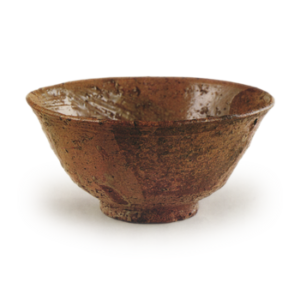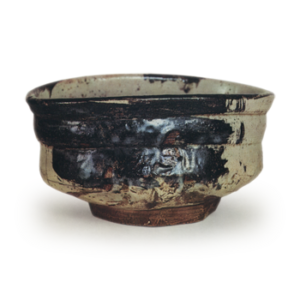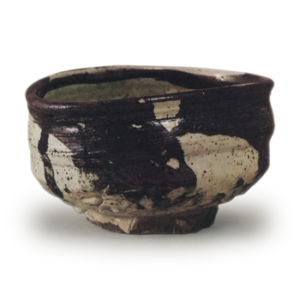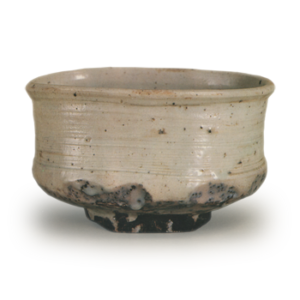Tea book. Also called Nanbo Roku. Biography of Nambo Soukei, a disciple of Rikyu and the second generation of Shounan, the pagoda master of Nanshuji temple in Sakai. Chikuzen (Fukuoka Prefecture)
It was published by Tachibana Sanizan, a retainer of the Kuroda clan, and was even called a sacred book of the tea ceremony in modern times, although many believe it to be a fake. The first five volumes contain a proof of Rikyu’s writing in the back before his death, while the “Sumikibiki” volume was so secret that Rikyu ordered it to be burned in a fire. It is said that Sokei himself disappeared after this occasion. The book was buried for a long time, but in 1686 (Jokyo 3) Sanizan found five volumes of this roku in the direction of a certain person in Kyoto and copied them, then asked for the sumibiki and nikugo scrolls owned by a person named Sosetsu Noya of Sakai, a blood relative of Sokei, and copied them in two days. Sanizan was deeply moved by the mysterious coincidence that the seven scrolls were completed in 1690, the centennial anniversary of Rikyu’s death. In 1705, Sanzan’s younger brother Neitai, his son Kyotani, Ryoyi’s son Gohon, and Sounon Oga were given the Nanbouroku, which was a treasured treasure and not allowed to be seen by others, In 1705 (Hoei 2), the tradition of this secret book began. The subsequent school is called the Nanbo school, and Sanesan is regarded as the founder of this school. This book describes Rikyu’s secret tea ceremony tradition and the depth of his Zen spirit, which is not found in other books such as Kanewari, and details the main form of Rikyu’s tea ceremony, but it is not clear if the entire book is a true biography or not. Some scholars believe that this work may have been copied by a group of cultural figures of the Sanzan school during the Genroku period (1688-1704) as an expression of their admiration for Rikyu and a movement to return to his teachings. However, it is true that there was some kind of source material for the vast contents of this book. This work is included in the fourth volume of the “Complete Collection of Tea Ceremony Classics. In addition to the seven volumes in this collection, there are also some additional volumes for reference, such as “Secret History,” “Additions,” “Catalog,” and Jizan’s “Tsuchu Roshan Dan,” “Kiji Bengyo,” and “Jizan Chayu Memorandum. Sokei, also known as Keizo-shu, was from Awajiya, a wealthy merchant in Sakai, and is said to have created the chashyaku of the chubushi tea ceremony after visiting the monk Shunrin at Zentsuji Temple.








